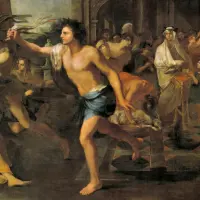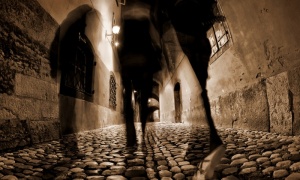Are you a fan of spooky tales and things that go bump in the night? If so, then you’re probably familiar with the story of Dr. Jekyll and Mr. Hyde. But did you know that this haunting tale was actually based on a real-life person?
That’s right, the character of Dr. Jekyll was inspired by a man named William Brodie, a respected businessman by day and a notorious criminal by night. Brodie was a master locksmith who used his skills to break into the homes of wealthy Edinburgh residents and steal their valuables. But what’s even more shocking is that Brodie was also a member of Edinburgh’s city council and a respected member of society.
Just like Dr. Jekyll, Brodie lived a double life, one of respectability and one of crime. And like Jekyll, Brodie’s story didn’t end so well. He was eventually caught and hanged for his crimes in 1788.
“The Strange Case of Dr. Jekyll and Mr. Hyde” by Robert Louis Stevenson is a classic tale of duality, good versus evil, and the dangers of mixing chemicals in your basement. The story follows Dr. Jekyll, a respected physician with a dark secret. He creates a potion that transforms him into his evil alter ego, Mr. Hyde.
At first, Jekyll enjoys the freedom that his transformation affords him. He can indulge in all of his most base desires without fear of consequence. But soon, the transformations become more frequent and uncontrollable, and Jekyll realizes that he is losing control of his own mind.
The story is a cautionary tale about the dangers of giving in to our darker impulses. It’s also a warning against DIY chemistry experiments. Seriously, kids, don’t try this at home.
One of the most fascinating aspects of “Dr. Jekyll and Mr. Hyde” is the way it reflects the anxieties of its time. The Victorian era was a time of great social change, and people were grappling with the idea that there might be a dark side to human nature. Stevenson’s story taps into those fears and explores the idea that we are all capable of evil.
Of course, the story has also been adapted and interpreted in countless ways over the years. There have been stage plays, movies, TV shows, and even a musical. So if you’re looking for a spooky, thought-provoking tale that has stood the test of time, “The Strange Case of Dr. Jekyll and Mr. Hyde” is definitely worth a read. Just remember to keep your chemistry experiments in the lab where they belong.
Read on for more…

























